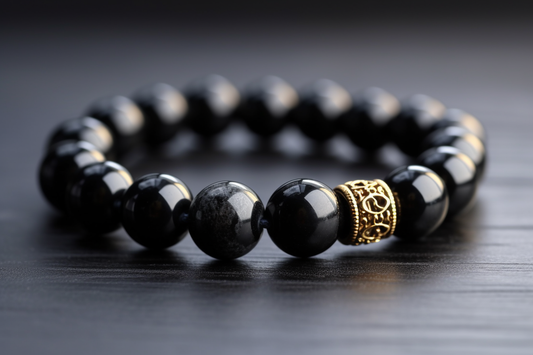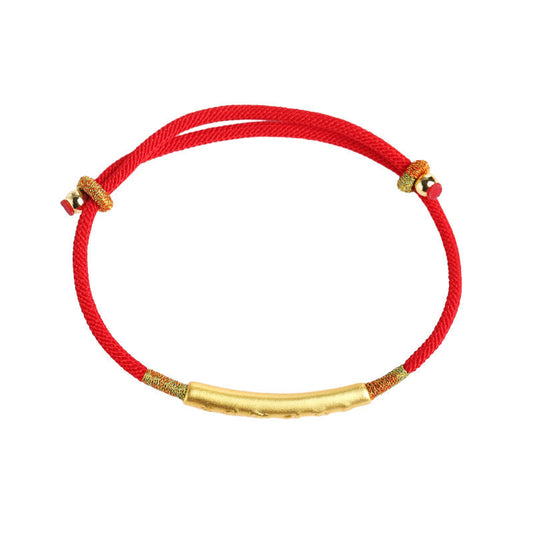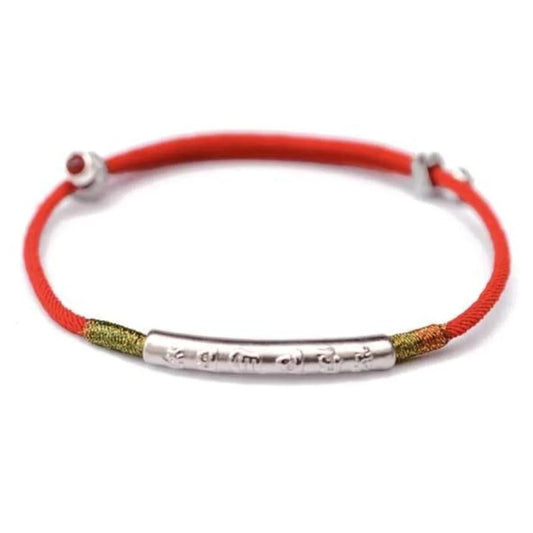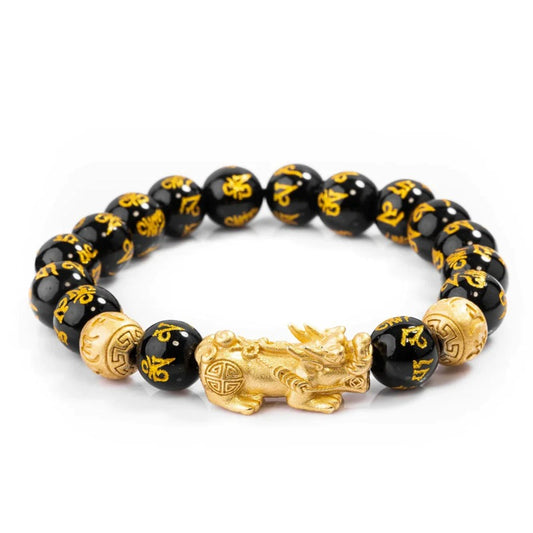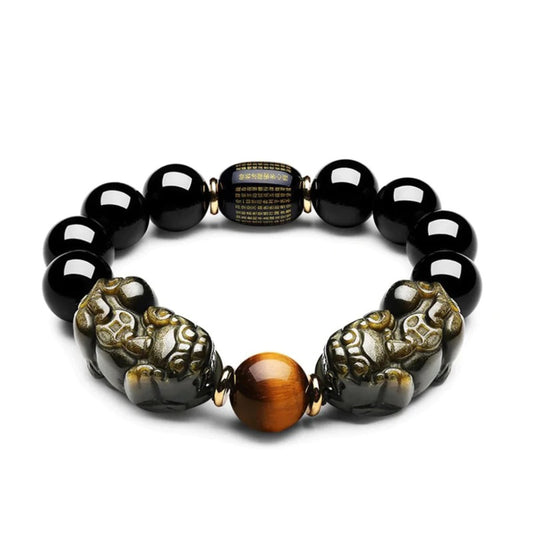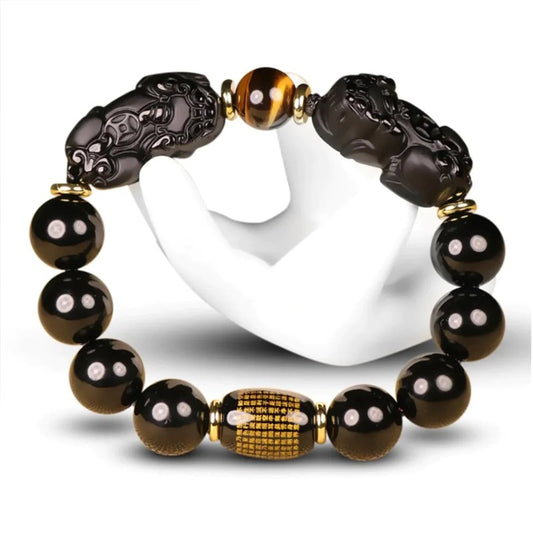Pearls have been treasured for centuries for their natural beauty and elegance. These lustrous gems, formed inside the shells of certain mollusks, are highly sought after for their rarity and unique characteristics. However, determining the value of pearls can be a complex task that involves evaluating various factors. In this ultimate pearl value guide, we will explore the different types of pearls, their quality factors, and how they contribute to their overall worth.
Types of Pearls
There are several types of pearls available in the market, each with its own distinct characteristics and value. The most common types include natural pearls, cultured pearls, freshwater pearls, Akoya pearls, Tahitian pearls, and South Sea pearls.
Natural Pearls:
Natural pearls are extremely rare and valuable. They are formed naturally inside oysters without any human intervention. Due to their scarcity, natural pearls can command exorbitant prices in the market.
Cultured Pearls:
Cultured pearls, on the other hand, are created through a process where a foreign object is inserted into an oyster or mollusk, stimulating the production of nacre. These pearls are more affordable than natural pearls but can still vary in value depending on their quality.
Freshwater Pearls:
Freshwater pearls are grown in freshwater lakes, rivers, and ponds. They are usually irregular in shape and come in various colors. While they are more affordable than saltwater pearls, their value can still be influenced by factors such as size, shape, and luster.
Akoya Pearls:
Akoya pearls are cultured pearls that are primarily produced in Japan. They are known for their round shape, high luster, and beautiful white color. Akoya pearls are considered to be of high quality and are often used in fine jewelry.
Tahitian Pearls:
Tahitian pearls are produced by black-lipped oysters in French Polynesia. They are known for their dark colors, ranging from gray to black, and their unique overtones. Tahitian pearls are highly valued for their rarity and distinctive appearance.
South Sea Pearls:
South Sea pearls are the largest and most valuable pearls available in the market. They are produced by the Pinctada maxima oyster, primarily found in Australia, Indonesia, and the Philippines. South Sea pearls are known for their large size, exquisite luster, and natural golden or white colors.
Quality Factors
Several factors contribute to the value of pearls, regardless of their type. These include size, shape, color, luster, surface quality, and origin.
Size:
The size of a pearl is measured in millimeters. Larger pearls are generally more valuable, as they are rarer and require more time to grow.
Shape:
Pearls come in various shapes, including round, near-round, oval, button, drop, baroque, and circled. Round pearls are considered the most valuable, while baroque pearls with irregular shapes are less expensive.
Color:
Pearls can be found in a wide range of colors, including white, cream, pink, silver, black, and golden. The most desirable colors vary depending on the type of pearl.
Luster:
Luster refers to the shine and reflection seen on the surface of a pearl. Pearls with a high luster are more valuable, as they exhibit a vibrant glow and depth.
Surface Quality:
The surface of a pearl should be smooth and free of blemishes, spots, or cracks. Pearls with fewer imperfections are considered to be of higher quality.
Origin:
Pearls from certain regions, such as the South Sea or Tahitian pearls, are known for their exceptional quality and rarity, commanding higher prices in the market.
Overall Worth
Determining the worth of a pearl involves considering all the aforementioned factors. For example, a large, round, perfectly lustrous South Sea pearl will be more valuable than a small, irregularly shaped freshwater pearl. Additionally, factors such as brand reputation, market demand, and current trends can also influence the price of pearls.
It's important to note that the value of pearls can fluctuate over time due to market conditions and trends. Therefore, it's advisable to consult with a reputable jeweler or pearl expert to obtain an accurate appraisal of your pearls.
In conclusion
pearls hold significant value due to their natural beauty and rarity. Understanding the different types of pearls, their quality factors, and how they contribute to their overall worth is essential for both buyers and sellers in the pearl market. Whether you're looking to purchase a stunning piece of pearl jewelry or evaluate the worth of your pearl collection, this ultimate pearl value guide will serve as a valuable resource.



